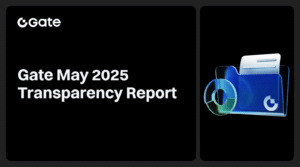**Inflation Holds Steady in October, Dampening Rate Hike Possibilities**
*Personal Spending and Inflation Data*
In October, the personal consumption expenditures price index, excluding food and energy prices, saw a 0.2% rise for the month and a 3.5% increase on a year-over-year basis, as per the Commerce Department. Both of these numbers were in line with the Dow Jones consensus, possibly giving the Federal Reserve a reason to hold interest rates steady and even consider rate cuts in 2024.
The inflation rates for headline inflation remained flat at 3% for the 12-month period, with energy prices falling 2.6% and food prices increasing by 0.2%. Goods prices experienced a 0.3% decrease while services rose by 0.2%. The biggest gainers in services were international travel, health care, and food services and accommodations, while gasoline led the gainers in goods.
Personal income and spending also both experienced a 0.2% increase for the month, aligning with estimates and indicating that consumers are keeping pace with inflation. The Fed has been closely monitoring the core PCE reading as its preferred measure of inflation, as it focuses on what people actually spend, adjusting for consumer behavior when prices fluctuate.
*Jobless Claims and Market Expectations*
In other economic news, weekly jobless claims rose slightly to 218,000, showing a small increase from the previous period. However, continuing claims surged to 1.93 million, the highest level since November 27, 2021, according to the Labor Department.
The markets have been anticipating the end of interest rate hikes by the Fed, and the PCE reading, combined with signs of a loosening labor market, could solidify that stance. The expectation in the market is that the Fed is done raising interest rates this cycle, and there are speculations of potential rate cuts in 2024.
*The Fed’s Current Position and Economic Outlook*
After implementing 11 hikes since March 2022, the Fed skipped its last two meetings. Most policymakers have been expressing contentment in observing the impact of the previous increases working their way through the economy. However, despite recent positive economic signals, several Fed officials have been hearing about consumers slowing down, indicating a normalization rather than a recession.
In addition to the Fed’s inflation report, encouraging news from the euro zone was released on the same day. The headline inflation in the euro zone fell to 2.4% on a 12-month basis, although core inflation, which excludes food, energy, and tobacco, remained at 3.6%. Similar to the Fed, the European Central Bank targets 2% as a healthy inflation level.
*Conclusion*
The latest data on personal spending, inflation, and jobless claims could impact the Federal Reserve’s policy decisions and market expectations going forward. With inflation holding steady and signs of a weakening labor market, the possibility of rate cuts in the future is on the horizon, potentially affecting the Fed’s stance on interest rates in the coming years.






